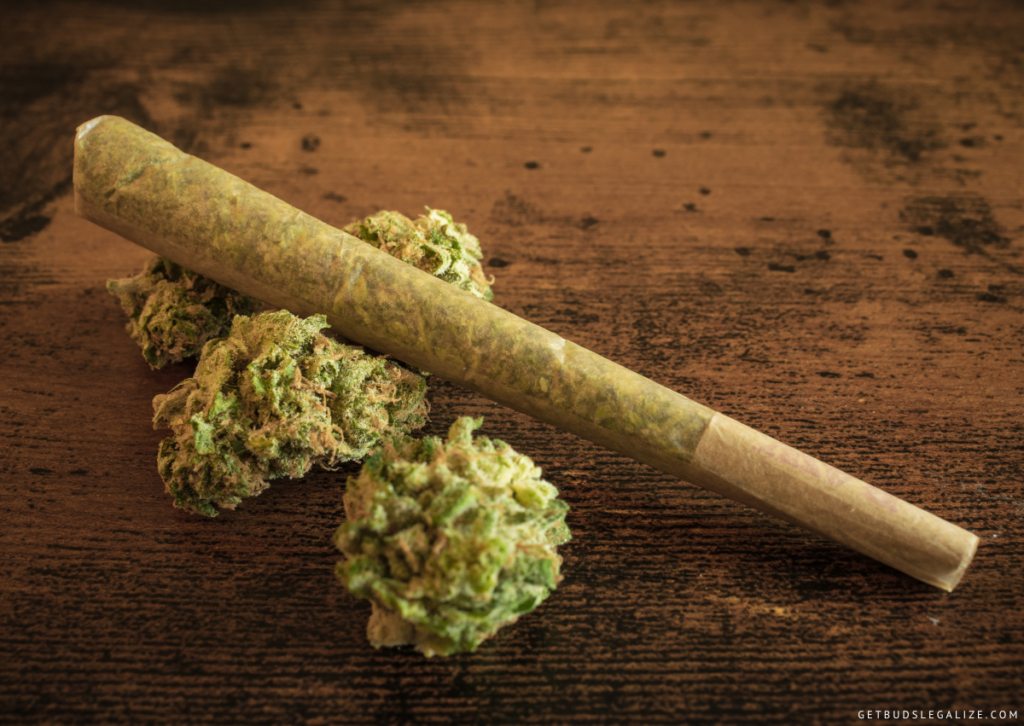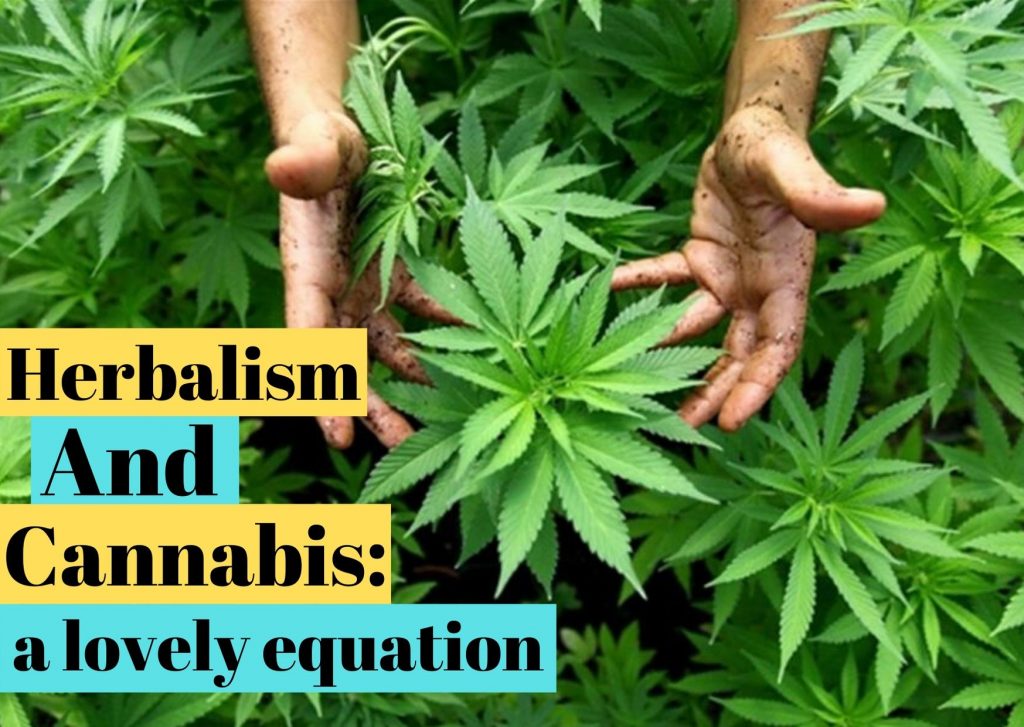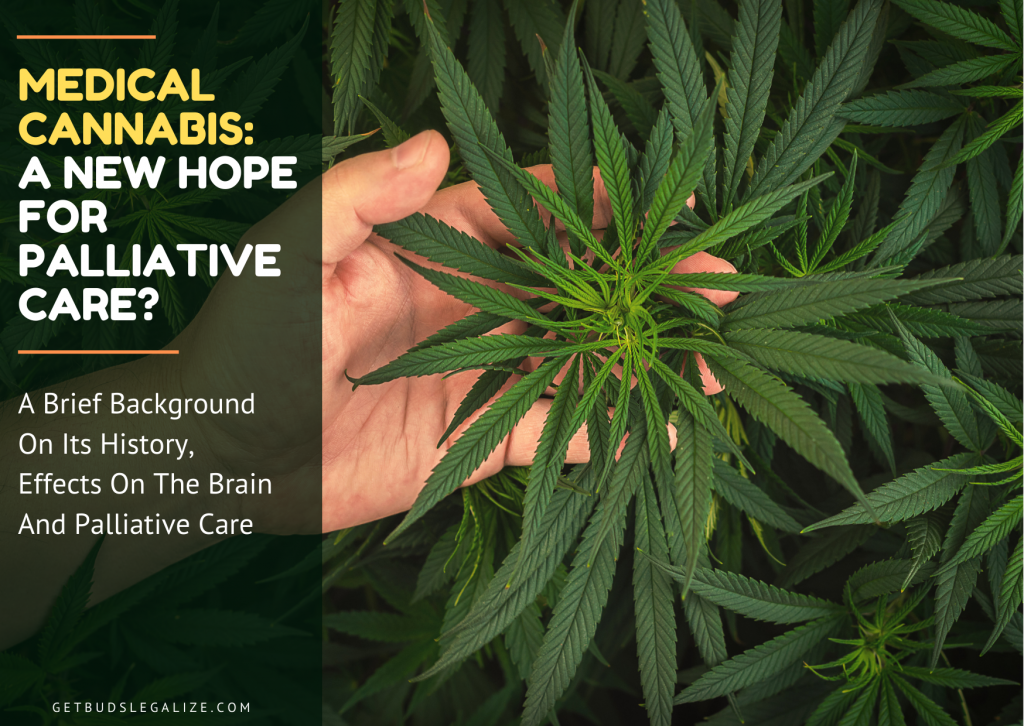What Is and How to Get Rid of Cannabinoid Hyperemesis Syndrome
Cannabinoid hyperemesis syndrome (CHS) is a rare condition that affects some people who use cannabis regularly. It causes severe nausea, vomiting, and abdominal pain that can last for hours or days.
CHS can be very distressing and interfere with your daily life. In this blog post, we will explain what is, what causes it, who might get it, and how to get rid of cannabinoid hyperemesis syndrome.
What Causes Cannabinoid Hyperemesis Syndrome?
The exact cause of CHS is not well understood, but it may involve a complex interaction between cannabis and the endocannabinoid system (ECS). The ECS is a network of receptors and molecules in the body that regulate various functions, such as appetite, pain, mood, and memory. Cannabis contains compounds called cannabinoids, such as tetrahydrocannabinol (THC) and cannabidiol (CBD), that can bind to and activate the ECS.
Normally, the ECS helps maintain a balance in the body, but chronic cannabis use may disrupt this balance and cause adverse effects. Some researchers suggest that long-term exposure to cannabinoids may lead to desensitization or downregulation of the ECS receptors in the brain, which may reduce the anti-nausea effects of cannabis.
At the same time, chronic cannabis use may increase the sensitivity or upregulation of the ECS receptors in the gut, which may enhance the pro-emetic effects of cannabis. This may explain why some people develop CHS after years of regular cannabis use.
How common is CHS?
CHS is a relatively rare condition, but it may be underdiagnosed or misdiagnosed as other conditions that cause similar symptoms, such as cyclic vomiting syndrome (CVS), gastroparesis, or food poisoning.
One study estimated that up to 6% of people who visited the emergency room for vomiting had CHS. Another study found that about 2.7% of cannabis users reported experiencing CHS symptoms in their lifetime.
Who Might Get CHS?

CHS is more likely to affect people who use cannabis frequently and for a long time, usually for several years. It is not clear why some cannabis users develop CHS and others do not, but some factors that may increase the risk include:
- The amount and potency of cannabis used.
- The method of cannabis consumption (smoking, vaping, edibles, etc.).
- The genetic susceptibility of the individual.
- The presence of other medical conditions or medications.
What Are The Symptoms of Cannabinoid Hyperemesis Syndrome?
CHS typically has three phases: prodromal, hyperemetic, and recovery.
1. The Prodromal Phase:
This is the initial phase that may last for months or years before the onset of severe excessive vomiting. In this phase, you may experience mild to moderate nausea, reduced appetite, weight loss, and abdominal discomfort.
You may also have an increased urge to use cannabis to relieve these symptoms, which may worsen the condition in the long run.
2. The Hyperemetic Phase:
This is the most severe phase that is characterized by intense and persistent nausea, vomiting, and abdominal pain. You may vomit several times a day or even every hour, which can lead to dehydration, electrolyte imbalance, kidney damage, and other complications.
You may also develop a compulsive behavior of taking hot showers or baths to temporarily ease your symptoms. This phase may last for a few days to a few weeks and may recur periodically if you continue to use cannabis.
3. The Recovery Phase:
This is the phase that occurs after you stop using cannabis completely. In this phase, your symptoms gradually improve and disappear over time. You may regain your appetite and weight and feel normal again.
This phase may last for days to months depending on how long you used cannabis and how severe your symptoms were.
Can I Treat Cannabinoid Hyperemesis Syndrome at Home?
The only way to get rid of CHS is to quit cannabis for good. You may feel some relief from nausea by taking hot baths, but this is not a permanent solution. Too much bathing can make you lose water through sweating.
You can try some home remedies to ease CHS symptoms right after you stop using cannabis. These treatments won’t work for a long time, but they can help you get through the withdrawal phase.
Your healthcare provider may suggest:
- Antipsychotic drugs like haloperidol (Haldol) or olanzapine (Zyprexa).
- Antihistamines like diphenhydramine (Benadryl).
- Capsaicin cream (Zostrix) to soothe pain.
- Intravenous fluids if you are very dehydrated from throwing up.
- Painkillers like ibuprofen (Advil, Motrin) or acetaminophen (Tylenol).
How Long Does It Take to Recover From CHS?

The recovery time from cannabis hyperemesis syndrome varies depending on the individual and the severity of the condition. Some people may notice an improvement in their symptoms within a few days or weeks after stopping cannabis use, while others may take months or years to fully recover. Some people may also experience relapses if they resume cannabis use after a period of abstinence.
How Can Cannabinoid Hyperemesis Syndrome Be Prevented?
The only way to prevent it is to avoid using cannabis or to use it sparingly and infrequently. People who have a history of CHS or who are at risk of developing it should be aware of the signs and symptoms of the condition and seek help if they experience them.
People who use cannabis for medical reasons should consult their doctor about alternative treatments or ways to reduce their cannabis dose or frequency.
What Happens If I Stop Using Cannabis?
Stopping cannabis use can have various effects on the body and mind, depending on how long and how much you have been using it. Some of these effects include:
- Withdrawal symptoms: Some people may experience physical and psychological symptoms of withdrawal when they stop using cannabis, such as irritability, anxiety, insomnia, appetite changes, mood swings, headaches, sweating, tremors, chills, and cravings. These symptoms usually peak within the first week and subside within a month.
- Cognitive improvement: Some people may notice an improvement in their memory, attention, concentration, learning, and decision-making abilities after stopping cannabis use, especially if they started using it at a young age.
- Emotional changes: Some people may experience changes in their emotions after stopping cannabis use, such as feeling more happy, sad, angry, or anxious. These changes may reflect the natural fluctuations of mood that were masked by cannabis use or the adjustment to a new state of mind without cannabis.
- Health benefits: Some people may enjoy various health benefits after stopping cannabis use, such as improved lung function, reduced risk of respiratory infections, lower blood pressure, better immune system function, and lower risk of certain cancers.
FAQs about Cannabinoid Hyperemesis Syndrome
CBD is one of the main cannabinoids found in cannabis, along with THC. CBD has anti-inflammatory, anti-anxiety, and anti-nausea properties, and it does not cause psychoactive effects like THC.
Some people may use CBD products to treat various medical conditions or to reduce their THC intake. However, there is not enough evidence to determine whether CBD can cause or prevent CHS.
Some studies suggest that CBD may have a protective effect against CHS by modulating the endocannabinoid system, while others suggest that CBD may have a pro-emetic effect by activating certain receptors in the brain and gut. More research is needed to clarify the role of CBD in CHS.
No. cannabinoid hyperemesis syndrome is not related to pregnancy and can affect both men and women who use cannabis. Morning sickness from pregnancy is caused by hormonal changes and usually occurs in the first trimester. CHS occurs after chronic cannabis use and can happen at any time of the day.
CBD is another cannabinoid that is found in cannabis products and may have some therapeutic benefits for certain conditions. However, CBD can also interact with the endocannabinoid system and may trigger or worsen CHS symptoms in some people. Therefore, it is not advisable to use CBD products if you have CHS or are at risk of developing it.
No. Using other drugs or substances to self-medicate for CHS is not recommended and may be dangerous. Other drugs or substances may have their own side effects or interactions with cannabis that may worsen your condition or cause new problems.
If you are struggling with cannabinoid hyperemesis symptoms or with quitting cannabis use, seek professional help from a doctor or a substance abuse counselor who can provide you with safe and effective treatment options.
No, you should not use cannabis for nausea if you have CHS. Cannabis may temporarily relieve nausea in some people, but it can also trigger or worsen nausea and vomiting in people with CHS.
Using cannabis for nausea can also increase your dependence on cannabis and make it harder to quit. If you have nausea that is not related to CHS, you should consult your doctor for other treatment options.
No, cannabinoid hyperemesis syndrome (CHS) and cyclic vomiting syndrome (CSV) are different conditions that cause similar symptoms. CVS is a disorder that causes episodes of nausea and vomiting that are unrelated to cannabis use.
CVS usually affects children and adolescents, while CHS usually affects adults who use cannabis chronically. The main difference between CHS and CVS is that stopping cannabis use only relieves CHS, while CVS may require other treatments.
Cannabis may have some therapeutic benefits for certain medical conditions, such as chronic pain, epilepsy, or multiple sclerosis. However, if you have CHS, using cannabis for medical purposes may not be advisable, as it may worsen your symptoms and cause more harm than good.
You should consult your doctor before using any form of cannabis for medical purposes and explore other treatment options that are safer and more effective.















